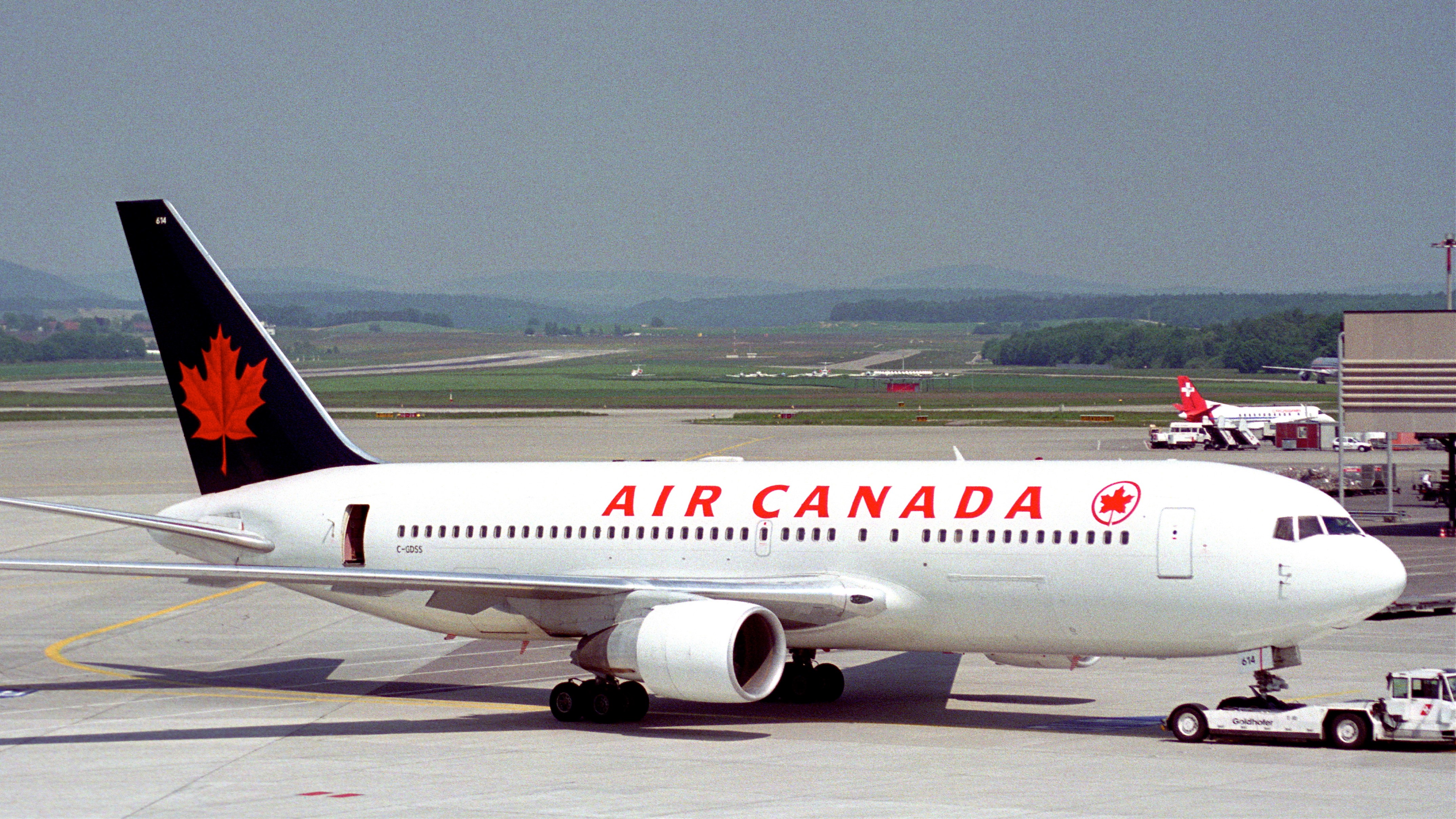Even if you’re relatively new to the world of investing, by now you’ve probably become aware that the stock market can be broken down into different sectors.
Some of the sectors that help make up the market are consumer discretionary, which includes the likes of Wal-Mart Stores Inc., energy stocks like Suncor Energy Inc., and healthcare names like Pfizer Inc. (NYSE:PFE), for example.
Yet if you want, you can break down the market down even further still.
Within the consumer discretionary sector, there are smaller industries, like retail outlets, apparel, automotive, and, yes, airlines.
The airline industry has the potential to be one of the most rewarding industries to trade, but it also carries with it the most pitfalls. This is largely because the airline industry is characterized by intense levels of competition. Part of this is owing to changes over the past 20 years that have rendered travel agents obsolete and, in doing so, made online pricing more transparent for consumers.
But even before the internet, airlines had to constantly deal with capacity issues, like making sure each flight had as many people on board as possible, so as to spread fixed costs across more paying customers.
Every airline faces this capacity issue on a daily basis, and with many airlines competing for flyers, one of the consequences of this intense competition is heavily discounted fares, which have the potential to wreak havoc with an airline’s quarterly profits, depending on how desperate things get.
This is why, on its quarterly press release, Air Canada (TSX:AC)(TSX:AC.B) features prominently in its disclosures metrics like passenger load factor — a measure to tell investors how successful the company was at filling its planes with passengers.
Risk and reward
Competition and capacity issues have the tendency to create a heightened sense of volatility — both in terms of operating results and share price swings — for stocks like Air Canada, WestJet Airlines Ltd. (TSX:WJA) and Chorus Aviation Inc. (TSX:CHR).
Some quarters will be winners for the whole industry (as has been the case for several years now), and others will be quarters where all airlines suffer losses and, in some cases, an airline will “win out” over a competitor.
This kind of uncertainty and inherent volatility has the potential to create all kinds of headaches for investors following a simple buy-and-hold strategy, because they are forced to endure the never-ending trip from highs to lows and back again.
Yet the inherent cyclicality creates opportunities for traders who are willing to think Foolishly and take advantage of short-term opportunities.
The airline industry today
The single biggest factor driving airlines profits today is low fuel costs. Besides salaries for pilots and staff, jet fuel is any airline’s biggest expense.
With the price of oil still below $50 per barrel, this has translated into lower fuel costs for the airlines.
Air Canada has been one of the bigger beneficiaries, as it has seen the price of its shares skyrocket from $7 to $22 since the start of last year.
Besides low fuel costs, Canadian airlines now have another tailwind behind them: a stronger Canadian dollar.
A stronger loonie means Canadians can afford to travel more and spend more in foreign countries.
Conclusion
In his 2008 letter to Berkshire Hathaway shareholders, Warren Buffett joked that investors would have been better off if the Wright Brothers had never invented the airplane, speaking to the historical dangers of investing the airline industry.
Yet, ironically, last year Buffett bought stakes in all four major U.S. carriers, perhaps with the view that we are in a “golden age” for airlines now that higher oil prices are no longer an ongoing threat.
One can only imagine that if Warren Buffett is willing to make a bet of this magnitude on the airlines, maybe it’s worth a shot for you, too.








